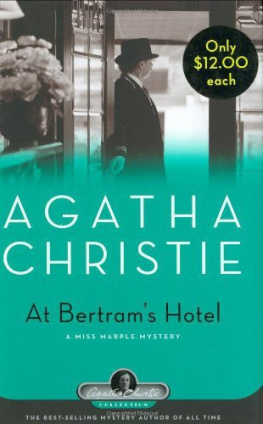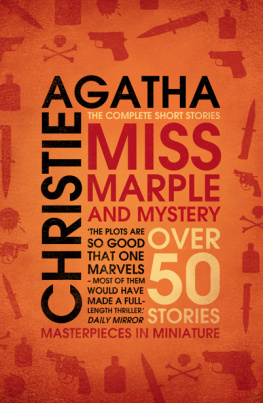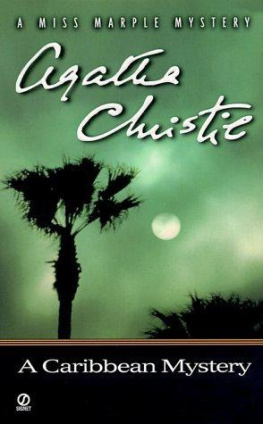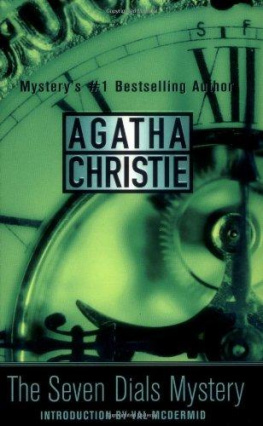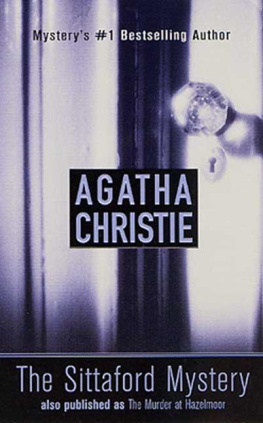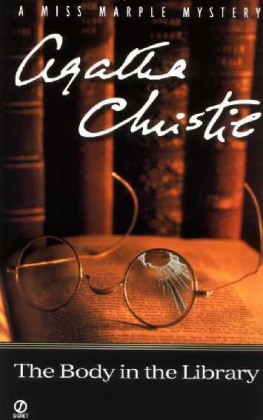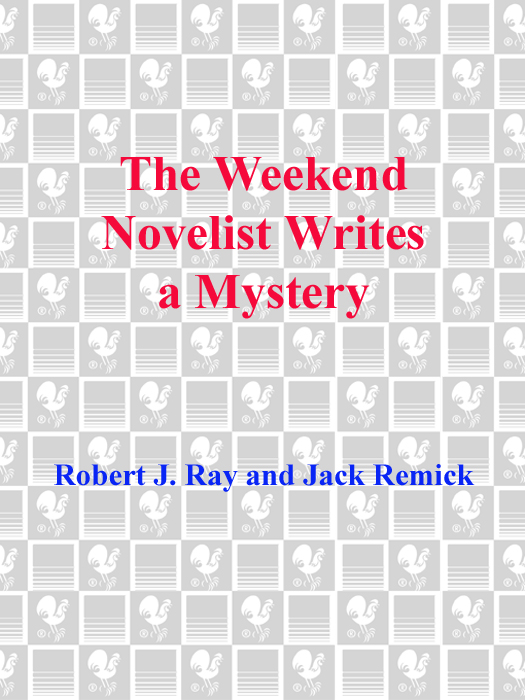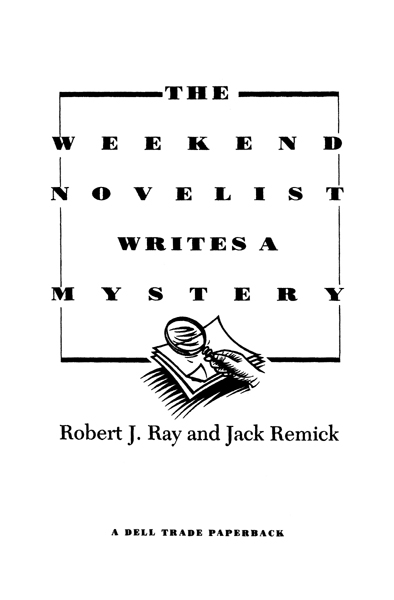IF YOU LOVE MYSTERIES
AND YOU KNOW IN YOUR HEART
YOU CAN WRITE ONE
DONT WAIT ANY LONGER.
BECOME PARTNERS IN CRIME
WITH THE PROFESSIONALS
AND START WRITING THIS WEEKEND!
Discover:
Tips on creating a killer, victim, sleuth, and sidekick
The writing secret that made Agatha Christie famous
One of the biggest decisions you must maketo shift, or not to shift, point of view
Three essential guidelines for imagining your sleuth
How to avoid hitting the wall around page 50 and getting stalled
How monologues can bond your sleuth and your reader
and so much more
THE WEEKEND NOVELIST
WRITES A MYSTERY
Also by Robert J. Ray
THE WEEKEND NOVELIST
A DELL TRADE PAPERBACK
Published by
Dell Publishing
a division of
Bantam Doubleday Dell Publishing Group, Inc.
1540 Broadway
New York, New York 10036
Permissions follow on .
Copyright 1998 by Robert J. Ray and Jack Remick
All rights reserved. No part of this book may be reproduced or transmitted in any form or by any means, electronic or mechanical, including photocopying, recording, or by any information storage and retrieval system, without the written permission of the Publisher, except where permitted by law.
The trademark Dell is registered in the U.S. Patent and Trademark Office.
Library of Congress Cataloging in Publication Data
Ray, Robert J. (Robert Joseph), 1935
The weekend novelist writes a mystery / by Robert J. Ray & Jack Remick.
p. cm.
eISBN: 978-0-307-49039-1
1. Detective and mystery storiesAuthorship. I. Remick, Jack. II. Title.
PN3377.5.D4R39 1997
808.3872dc20 9642991
v3.1
Grateful acknowledgment is made to the following publishers for permission to reprint selected materials: from The Silence of the Lambs by Thomas Harris. Copyright 1988 by Thomas Harris. Reprinted by perimission of St. Martins Press Incorporated; from The Body in the Library by Agatha Christie. Copyright 1941, 1942 by Agatha Christie Mallowan. Copyright renewed 1968, 1970 by Agatha Christie Mallowan. Reprinted by permission of Harold Ober Associates Incorporated; from F Is for Fugitive by Sue Grafton. Copyright 1989 by Sue Grafton. Reprinted by Permission of Henry Holt & Co., Inc.; from Gorky Park by Martin Cruz Smith. Copyright 1981 by Martin Cruz Smith. Reprinted by permission of Random House, Inc.; from All That Remains by Patricia Cornwell. Copyright 1992 by Patricia D. Cornwell. Reprinted by permission of Scribner, a Division of Simon and Schuster; from The Maltese Falcon by Dashiell Hammett. Copyright 1929, 1930 by Alfred A. Knopf Inc. and renewed 1957, 1958 by Dashiell Hammett. Reprinted by permission of the publisher; from The Big Sleep by Raymond Chandler. Copyright 1939 by Raymond Chandler and renewed by Helga Greene, Executrix of the Estate of Raymond Chandler. Reprinted by permission of Alfred A. Knopf Inc.
For Margot and Helen
Acknowledgements
We would like to thank Jean Femling and Roland Stephan for reading the manuscript in progress. Special thanks to fiction writers in our workshops who helped us to refine our techniques for teaching writing. Thanks to editors Jacob Hoye and Eric Wybenga for their help in shaping the manuscript. Thanks to Attorney Linda Steinman for guiding us through the shoals of copyright and permissions.
Contents
Introduction
The world of mystery writing is a vibrant and exciting place. The vibrancy comes from the thrill of the hunt, the chase, the sacred quest. Like the knight on horseback questing for the Dragon or the Holy Grail, the modern-day sleuth takes on the challenge, and the strict moral burden, to root out evil, to assign guilt, and to impose good.
In simplest terms, the object of the quest is payment. The quester who brings home the Grail (treasure, secret, amulet, sacred child, et cetera) is rewarded by money or love, by a flagon of ale, or perhaps by a royal pardon. On the other side of the equation, the evil dragon who steals the child or who devastates the peaceful village must pay for the crime in dragons blood. And if you replace the evil dragon with a more modern monsterthe killer fish of Jaws, for example, who disrupts the tourist trade in the peaceful seaside hamlet of Amity, Long Islandthe payment is still made in blood. In a classic clash of Good versus Evil, the fish who eats people dies to make the town safe. And whether the evil force is a dragon, a fish named Jaws, or a serial killer called The Beast, payment happens at the climax of the story.
In mystery fiction, the killer is the ancient dragon who pays for taking the victims life. By killing, the evil killer rips a jagged hole in the fabric of society. The jagged hole makes everyone edgy. Edgy people respond with panic: What if the fabric rips some more? What if the next rip is closer to home? What if it rips up my street? My neighbor? My family? Me? Where is the end to this awful ripping and tearing? How do we stop it? Who is responsible here?
To repair the hole, to restore order to society, someone calls for help. That call for help, whether note or phone call or a clients visit to a rundown office in San Francisco of the 1930s, is the kickoff for your mystery tale. The quester who answers the call is your sleuth.
As the instrument of society, the sleuths job is to set things right. The process for setting things right, for knitting up the fabric, is ritual sacrifice. Ritual sacrifice, making the killer pay, makes everyone feel better, especially when the blood is offstage: I feel quite pleased, says Miss Jane Marple (the sleuth in The Body in the Library), to think of [the killer] hanging.
Miss Marple feels pleased because the killer who pays by hanging tried to frame a fall guy, someone to take the killers place on the gallows tree. As well see later in this book, the police in The Body in the Library are so hungry for a scapegoat to pay for this killing that they build a killer profile to fit the wrong man. While the police track the trail of the designated fall guy, Miss Marple cracks the case. Miss Marple has to hurry to the rescue (the action in Body takes only a couple of days) because she understands societys urgent need for payment.
Knowing the importance of making the killer pay is the writers secret weapon. Knowing this secret early on, before you begin writing, gives you control over your story. From that first weekend when you start writing, the killer, who may not enter the book until youre halfway through, is your focus. Killers leave footprints, clues to follow, objects in their wake. Tracking down the clues gives you the plot for your tale.
The Weekend Novelist Writes a Mystery guides you through the process of writing a mystery in fifty-two weekends. Each weekend has a specific task. On Weekend 1, for example, youll create your killer, the villain who takes a life, the one who must pay. A big part of creating a character is probing for motive: Why does the killer kill? What drives this monster to take a human life? Because motive lurks in the past, your quest will lead you into back story, a traumatic event in the early life of your killer, a dramatic turnstile between innocence and experience. Using your writing as discovery, a kind of brainstorming on paper, will help you find answers. Was your killer born to kill? Or was your killer driven to kill by circumstance? What was the circumstance? How old was your killer? When did your killer become a monster?




